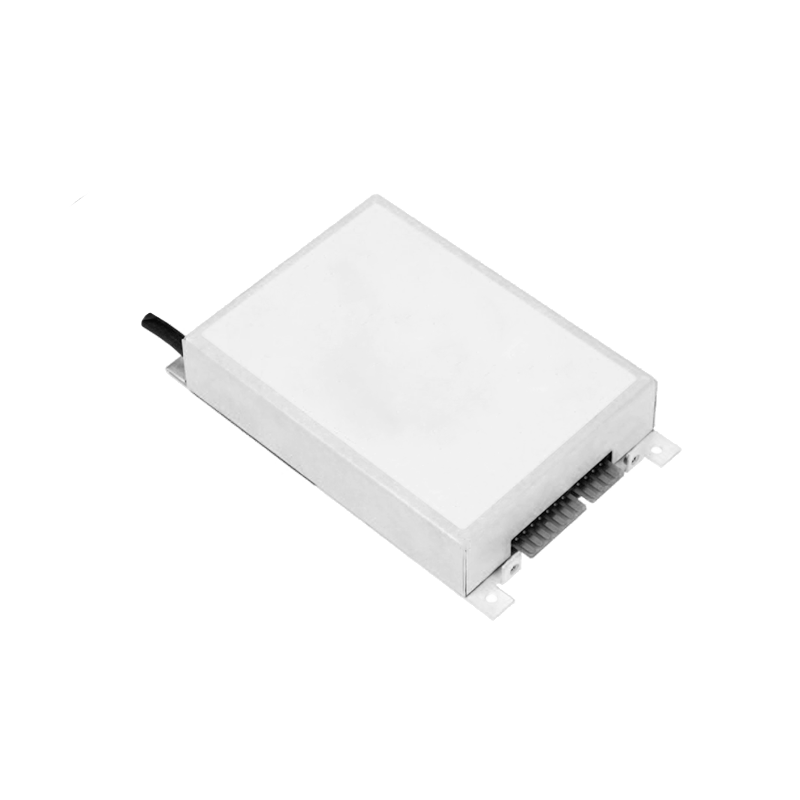Power Supply Noise Reduction and Accurate Bone Density Calculation in Bone Densitometry Systems
In bone densitometry systems, the precision and reliability of bone mineral density (BMD) measurement depend heavily on the stability and purity of the power supply. Because the signals collected from the detectors are typically in the microvolt range, any noise or voltage fluctuation introduced by the power source can significantly distort measurement accuracy. Therefore, advanced power supply design, noise reduction strategies, and compensation algorithms are crucial for achieving clinically reliable BMD values.
The power architecture for modern densitometry systems typically includes multi-stage regulated DC conversion, galvanic isolation, and active noise suppression. A low-ripple DC-DC converter is used to generate stable supply voltages for both the X-ray source and detector subsystems. To minimize the coupling of high-frequency switching noise into the measurement circuit, multi-layer LC filters and active low-noise operational amplifiers are used. A precision voltage reference with thermal drift compensation maintains power stability under temperature variations.
From a signal processing perspective, denoising methods such as adaptive Kalman filtering and wavelet-based noise suppression are applied to raw detection signals. These algorithms identify and remove high-frequency noise components while preserving useful features within the frequency band associated with photon attenuation through bone tissue. The resulting signal-to-noise ratio improvement allows for finer discrimination of bone composition and density gradients.
For accurate BMD computation, digital correction algorithms model the nonlinear relationship between signal amplitude and bone attenuation. A calibration curve based on phantom measurements compensates for power-induced signal drift. Furthermore, a machine learning model can be trained to map long-term power fluctuations to systematic measurement deviations, enabling real-time compensation. By integrating hardware-level noise suppression with algorithmic correction, the power supply system ensures stable, repeatable, and accurate bone density assessments across varying environmental and operational conditions.




















